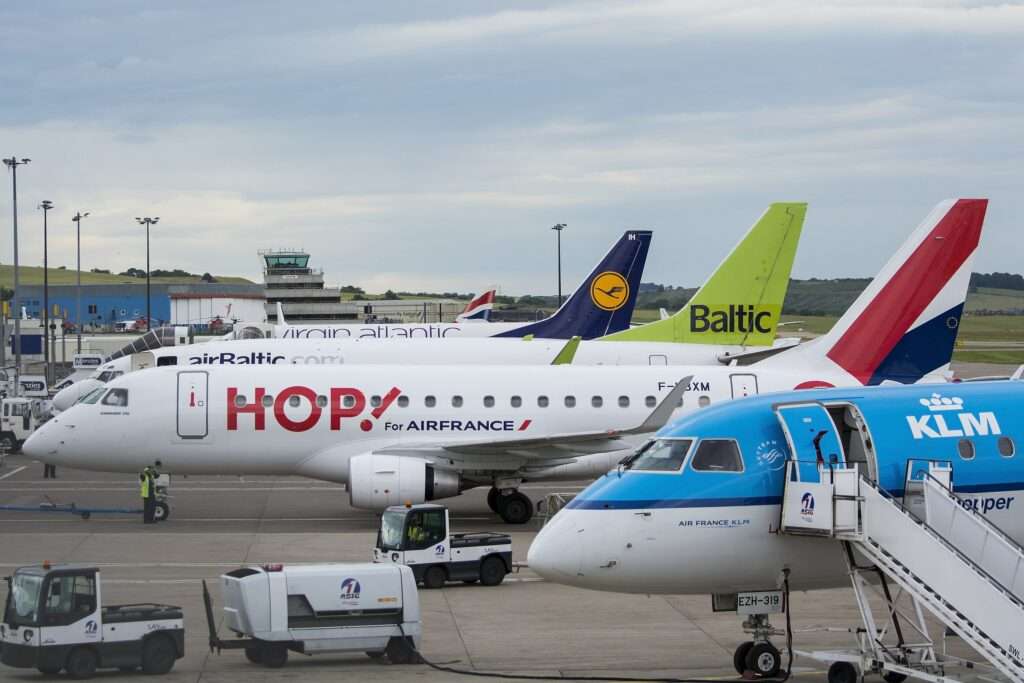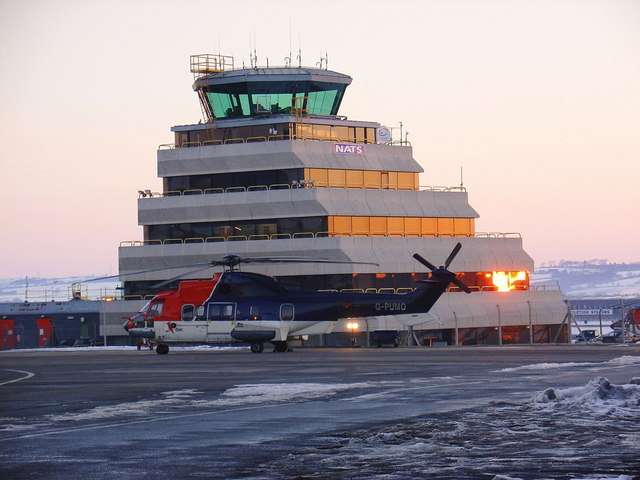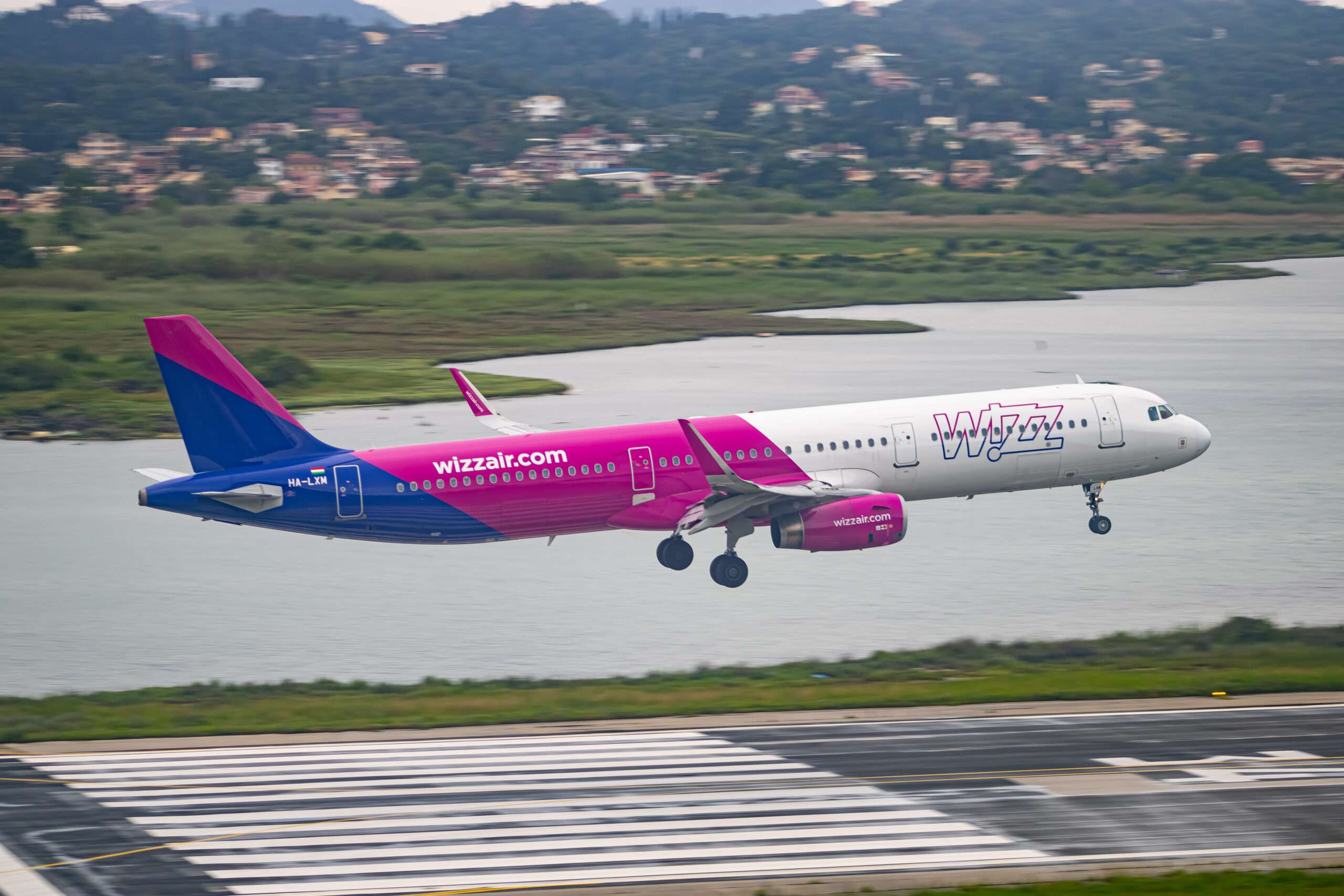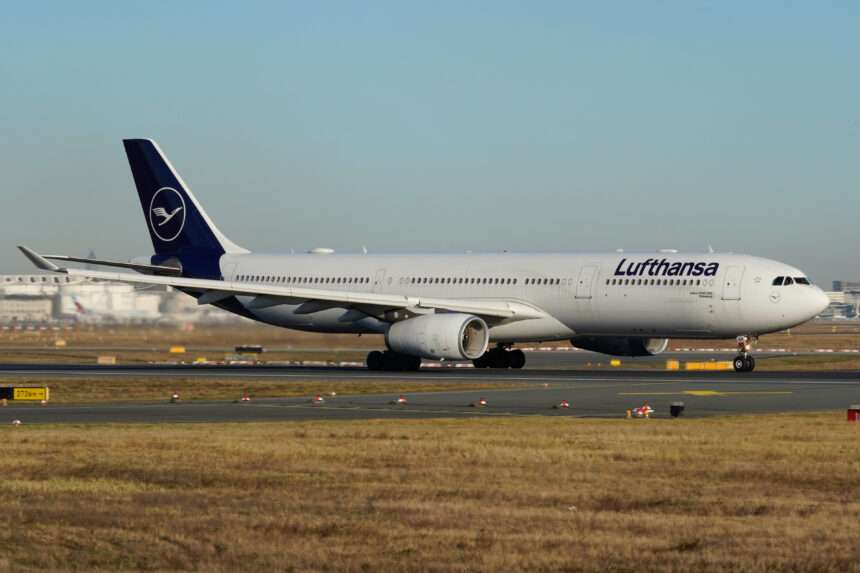Aberdeen International Airport, a vital artery connecting Scotland’s northeast to the world, boasts a rich history intertwined with the region’s economic and social development.
From its humble beginnings as a wartime landing strip to a bustling international hub, the airport’s journey reflects the changing times and Aberdeen’s enduring spirit.
Early Days: Responding to Wartime Needs (1940s)

The seeds of Aberdeen Airport were sown during World War II.
Recognizing the strategic importance of Aberdeen’s location, the Royal Air Force (RAF) requisitioned land in Dyce, a suburb northwest of the city, in 1941.
The hastily constructed landing strip, known as RAF Dyce, served primarily as a training base for bomber crews throughout the war.
Post-War Transition: Embracing Civil Aviation (1950s-1960s)
With the war over, RAF Dyce transitioned to civilian use in 1947.
Initially, operations were modest, with limited domestic flights served by airlines like British European Airways (BEA).
However, the discovery of North Sea oil in the late 1960s ushered in a period of rapid transformation for the airport.

The oil boom brought a surge in demand for air travel, as personnel and equipment poured into the region.
Furthermore, Aberdeen Airport, strategically positioned to serve the burgeoning offshore industry, quickly expanded.
The runway was extended, a terminal building was constructed, and new airlines established routes connecting Aberdeen to major oil centers across Europe and beyond.
A Hub for the Oil Industry (1970s-1980s)
By the 1970s, Aberdeen Airport had firmly established itself as a strategic hub for the North Sea oil and gas industry.
Helicopter traffic boomed, with frequent flights transporting personnel and supplies to offshore platforms.
Fixed-wing services also flourished, catering to the growing business community and a rising number of international oil companies setting up operations in Aberdeen.

Furthermore, the airport played a crucial role in facilitating the rapid development of the North Sea oilfields.
It provided a vital link for the movement of skilled labor, essential equipment, and timely transportation for industry executives.
This period of prosperity saw further expansion of the terminal building and infrastructure to accommodate the ever-increasing passenger and cargo volumes.
Navigating Challenges: Diversification and Adaptation (1990s-2000s)
The oil industry’s cyclical nature presented challenges for the airport in the 1990s and 2000s.
Downturns in oil prices led to a decline in passenger numbers, prompting the airport to diversify its offerings.
It actively sought to attract new airlines and establish new routes to major European and international destinations.
This period also saw a focus on improving passenger experience.
The terminal was further modernized, with expanded retail and food and beverage offerings.
Additionally, the airport prioritized accessibility, implementing measures to cater to passengers with disabilities.
Looking Ahead: A Gateway to Opportunity (2010s-Present)
The 21st century has brought new opportunities and challenges for Aberdeen Airport.
While the oil and gas industry remains a significant customer, the airport has successfully diversified its revenue streams.
It now caters to a broader range of passengers, including tourists attracted to the natural beauty of Aberdeenshire and business travelers seeking connections to key economic centers.
The airport continues to invest in infrastructure improvements, with a focus on sustainability and environmental responsibility.
It has also embraced technological advancements, implementing self-service check-in kiosks and mobile boarding passes to enhance passenger convenience.
Conclusion: A Storied Past, a Promising Future
Aberdeen International Airport’s history reflects the dynamism of the region it serves.
From its wartime origins to its role in supporting the North Sea oil boom, the airport has consistently adapted to meet the changing needs of the time.
Today, it stands as a vital gateway, connecting Aberdeen to the world and serving as a catalyst for economic growth and cultural exchange.
As Aberdeen looks towards a future beyond oil, the airport is well-positioned to continue playing a pivotal role.
Its commitment to diversification, innovation, and sustainability ensures its continued relevance in the years to come.
Whether it’s facilitating business travel, welcoming tourists, or supporting the development of new industries, Aberdeen International Airport remains a cornerstone of the region’s prosperity.

Click the banner to subscribe to our weekly newsleter.

Click the photo to join our WhatsApp channel so then you can stay up to date with everything going on in the aviation industry!








